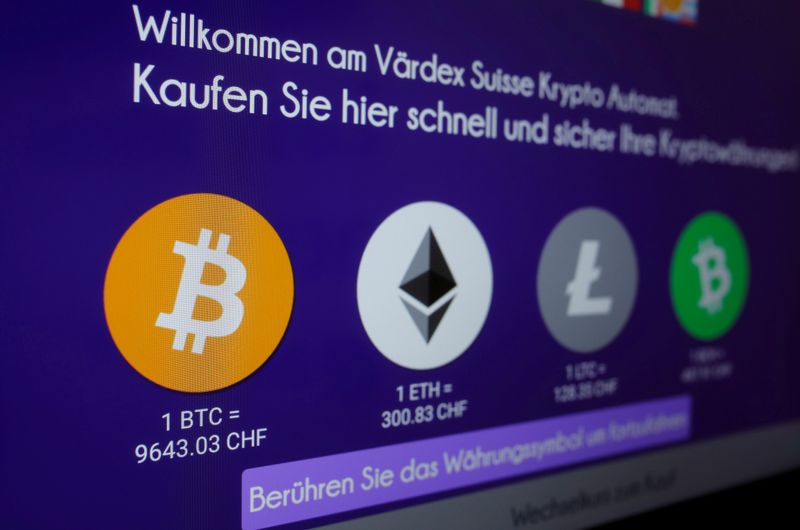LONDON (Reuters) – Criminals are becoming more sophisticated in their use of cryptocurrencies to launder money, with hundreds of millions of dollars of dirty funds last year flowing through digital wallets that allow users to hide their trail, according to Elliptic.
At least 13% of all criminal proceeds in bitcoin passed through privacy wallets – which make it harder to track cryptocurrency transactions – in 2020, up from 2% in 2019, according to a study by the digital currency forensics firm.
While cryptocurrency transactions are pseudonymous, they are recorded on a public ledger called blockchain which makes it easier to track fund flows. Over the past decade, law enforcement has become better at tracking illicit activity on blockchains.
But privacy wallets, of which there are several types, combine, mix and anonymise cryptocurrency transactions, making it complicated to follow a money trail.
“It makes it practically impossible to track funds, especially if you do a series of transactions through privacy wallets,” said Dr Tom Robinson, chief scientist at Elliptic. “This is a big challenge for law enforcement. It means they are probably at a dead end.”
Much of the $120,000 in bitcoin raised in a hack of famous Twitter users’ accounts in July went through a privacy wallet, as did part of the $280 million in crypto assets stolen from Asian exchange KuCoin in September, Elliptic found.
The study also describes uses of decentralised exchanges – platforms that are not run by a specific company – to launder funds.
While the total volume of illicit activity in crypto assets has grown in absolute terms over the years, it accounts for less than 1% of all digital transactions, down from 35% in 2012, according to Elliptic.
(Reporting by Anna Irrera; editing by John Stonestreet)























